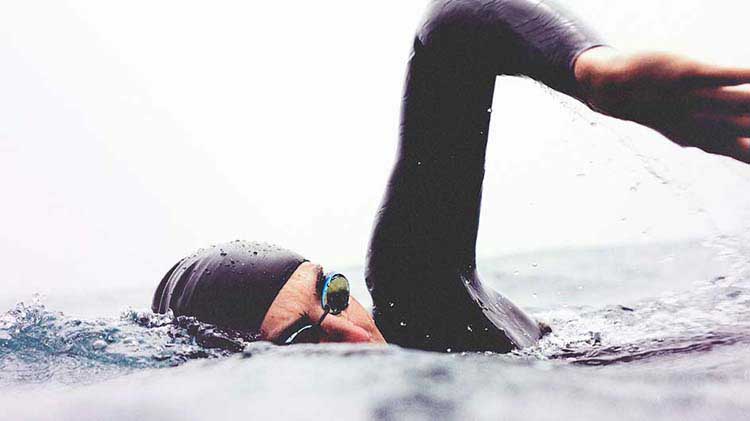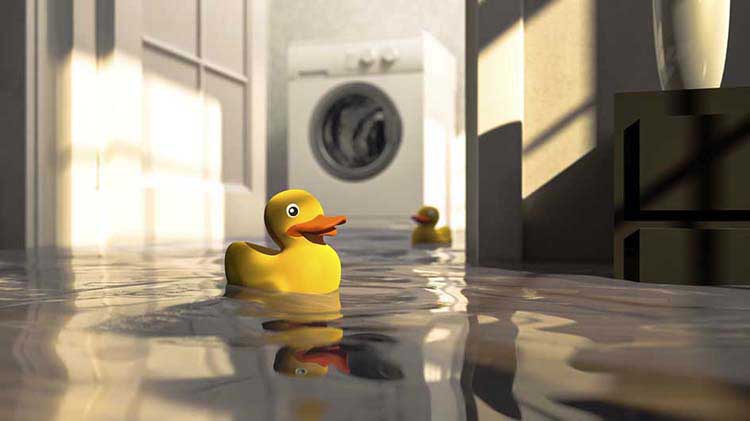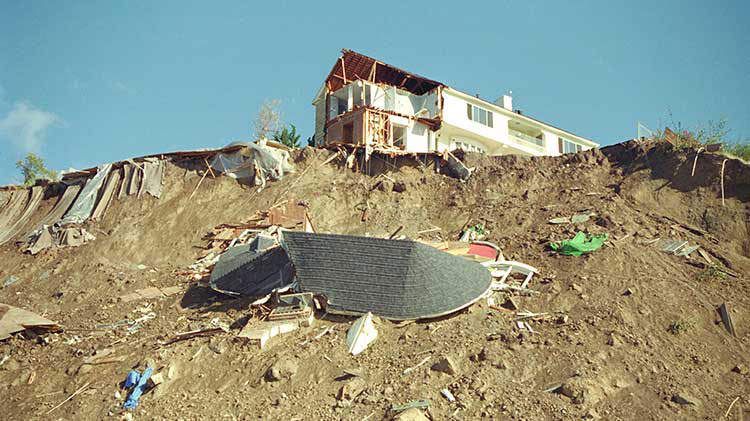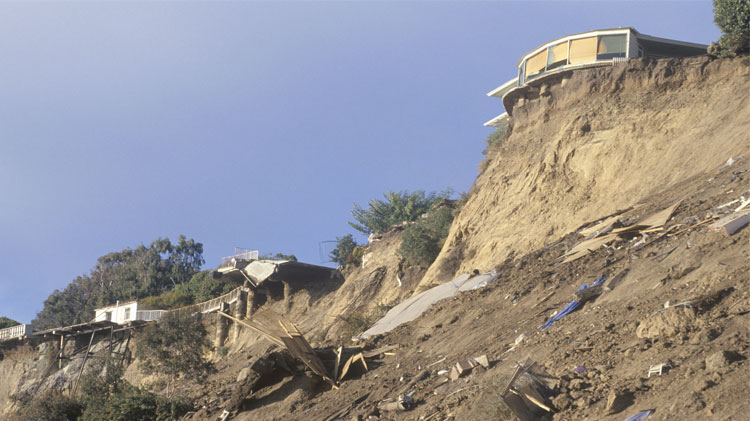Tsunami safety tips
Help protect yourself and your family by preparing and taking safety precautions before, during and after a tsunami.
What causes a tsunami
A tsunami is a natural disaster that is most often caused by earthquakes beneath the sea floor. As deep-sea waves created by the quake approach land, the shallower waters leave less room for the waves' energy to disperse. As a result, the waters rise, sometimes as waves as high as 100 feet, but more often as a powerful, fast-moving flood with strong currents.
Tsunamis can result from local or distant events. Local event tsunamis are likely to be very fast moving. Tsunamis are extremely dangerous for coastal areas and can be caused by significant landslides in the ocean.
Where do tsunamis occur?
According to USGS.gov, tsunami events in the United States are not as common compared to other countries in the world. Nonetheless, recent tsunamis in other places have shown the destruction they can cause.
This has led to a new focus on tsunami safety for coastal areas throughout the United States. If you live along the Pacific, Atlantic, Gulf or Caribbean coasts, the tips below can help you learn more about tsunami risks and help prepare your family to act quickly should a tsunami occur.
How to prepare for a tsunami
Tsunamis can happen very quickly, so proper planning now can save valuable time later. Here are some tips.
- Create a plan. Before a tsunami, help ensure your family's safety by developing a disaster preparedness plan that includes a disaster survival kit and an emergency evacuation plan. Tsunami evacuation plans should identify shelters and/or safe areas higher than 100 feet above sea level or up to two miles inland.
- Move to higher ground. If you are near a shoreline and feel a strong earthquake, evacuate to higher ground immediately. Other immediate warning signs of a tsunami include water pulling away from the shore and a loud ocean roar.
- Listen to advisories. The National Weather Service provides a Tsunami Warning System that warns of advisories and watches. A tsunami watch means that a tsunami has not yet been verified, but an earthquake or other event has made one possible. When a tsunami watch is in effect, consider using a battery-powered radio to keep up with the latest information.
- Evacuate when a warning is given. A tsunami warning means that a tsunami is on its way. Evacuate immediately to higher ground or inland areas. Do not go to coastal areas to watch for the tsunami, regardless of their elevation. If it is too late to evacuate, go to an upper level of a sturdy building or the highest ground you can access as soon as possible.
What to do during a tsunami
If you are caught in a tsunami, here are some specific scenarios and tips on how to react:
- You feel the earth trembling. When the earthquake hits, drop and take cover. If you are inside, get under a table and hold on. If you are outside and can get to an area clear of things that could fall on you, drop to the ground, and cover your neck.
- You are in a boat. Go further out to deeper water as quickly as possible.
- You are caught in the water. Grab onto something that floats and hold on.
- You are outside of the tsunami zone. Stay there until officials give the "all clear."
After a tsunami
Knowing how to deal with the aftermath of a tsunami is important. Additional severe activity may follow initial quakes and early waves, so remain at a higher elevation until the tsunami threat has completely passed. Local officials will issue an "all clear" advisory when appropriate.
Once the "all clear" advisory has been given, use caution or seek professional help when returning to your home. Upon returning, try to:
- Inspect damage. Make note of any visible damage carefully. Be mindful and careful of all visible and potential dangers including live wires, electrical shorts and gas or sewage leaks.
- Check your water supplies. Use your emergency water or boil tap water before drinking until you are told the water supply is safe.
- Check food supplies. Food that came in contact with floodwaters may be contaminated and should be discarded.
Ready.gov provides additional information on pre-planning and preparing for natural disasters.




